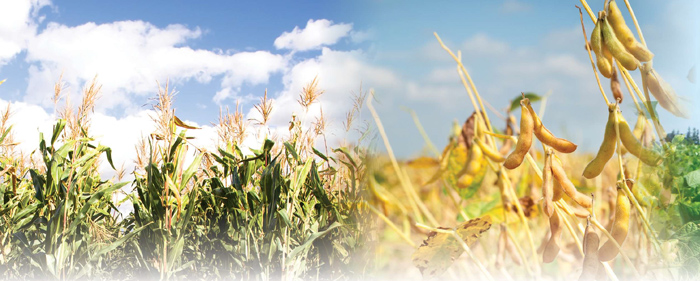January 2022
| RICHARD MCPHERSON, AGRIBUSINESS AND PROJECT MANAGEMENT CONSULTANT |
 |
A planned crop rotation programme on your total medium to high potential arable area should include the correct mix of crops that can be successfully cultivated on your farm. The higher potential, being mainly the deeper and fertile soils, can be put into a different crop cycle than the medium potential soils.
As you drive through your lands during January 2022 you will be able to assess the success of your cropping programme for the 2021/2022 season. Walk through all of the established croplands and look at plant spacing and population, the health of the plants and assess to see if the growth stages are normal in each crop grown.
If you haven’t yet done so profile holes should be made in each different soil type and assessed as to depth and for any layers that would impede root development. Soil tests can be taken near the profile holes in the top soil at 0 mm to 150 mm at a minimum and 150 mm to 300 mm to see what the fertility levels are lower down. Without this basic information on your soils, a crop rotation programme suited to the differing production potentials on you farm cannot be properly planned.
The mix, for example, of maize, sunflowers and soybeans will spread the planting work load, weed and pest control before and after planting, harvesting pressure, climate and financial risk from being dependent on one crop.
Crop insurance cost for soybean production in the Eastern Cape is about 20% and thus eliminates this as an option in the mix. A rotation of maize and sunflowers would reduce the input cost and overall financial risk. Canola and pasture rotations can be included with dryland wheat production in the Eastern and Western Cape production areas.
STRATEGIC PLANNING FOR CROP ROTATION
A successful plan will take into account the futures price of each of the crops in rotation, your farms suitability for each crop, your mechanisation capacity to plant the different crops and your expertise and desire to plant a particular crop. You will manage the crops you prefer better.
However to achieve maximum returns from the farm as a whole, the inclusion of sunflowers and soybeans would be driven by the relatively high ruling prices for these grains. It is essential that you are able to plant maize, sunflowers and soybeans as accurately as possible. A proper planting depth and emerged population is critical to success. The large investment in the proper planter will never be wasted. Be sure that you can plant each crop at the optimum time.
The farmer is thus largely being influenced to plant more or less hectares by the market forces that determine the value of these crops. Use a gross margin analysis to decide how much of each crop to plant so as to improve the overall financial returns possible on your farm. Be sure to study and understand the agronomic factors that determine your ability to manage the different crops properly.
AN OVERVIEW OF THE INCOME TO BE GENERATED
The futures prices per ton for May 2022 are as follows:
Using maize as the base price the equivalent tonnage of sunflower would be R8 075/R2 900 or 2,78 tons and for soybeans R7 065/R2 900 or 2,44 tons.
The above calculation shows that you have to produce 2,78 tons of maize to have the same income from 1 ton of sunflowers and 2,44 tons of maize to have the same income from 1 ton of soybeans. The question is which crop is easiest or more cost effective to grow. This should be based on the accurate knowledge of your past production yield achievements.
In other words, ask yourself, if is it easier to produce 3 tons of maize, 1,08 tons of sunflowers or 1,3 tons of soybeans per hectare on your soils. It is evident that the ruling sunflower price is very favourable to increasing your production of sunflowers over soybeans depending on your long term or estimated possible yield of soybeans.
Your soils might be suited to the production of all three of these crops or in a medium soil potential favour the production of sunflowers over soybeans or maize. Remember that soybeans, if the nodulation with rhizobia is good enough, can contribute about 50 kg of nitrogen to the next crop in the rotation.
It can be decided to plant an equal area of maize, sunflowers or soybeans as a long term plan or to adjust the hectares every year. The income from a 300 ha farm with 100 ha planted to each with the following yields, on similar soil potential, might be calculated as follows:
Costs for each crop range from R8 000/ha to R14 000/ha. Work these out accurately to be able to calculate an estimated margin for each crop and the farm as a whole.
CONCLUSIONIf you can establish the most likely yields for the soil potential of your farm for each of the crops, a more accurate estimate of income from the total area after the relevant direct costs have been deducted can be made. The required costs for fertilisation and seed must be carefully analysed to make a true comparison of the potential net income to be generated.

Publication: January 2022
Section: Pula/Imvula